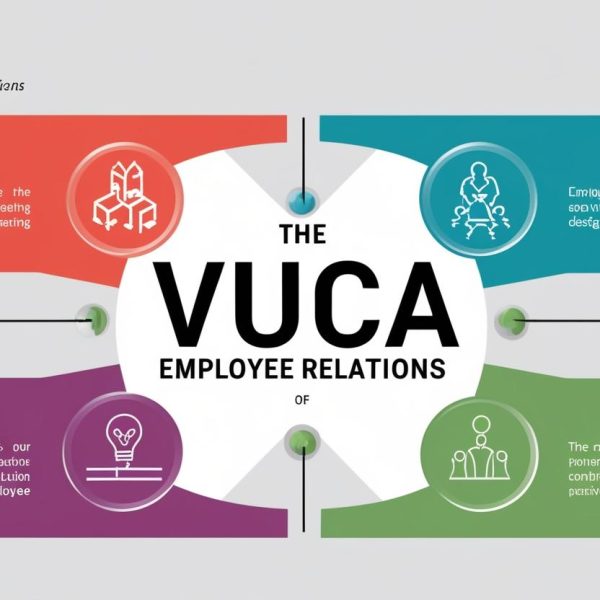Disguised employment, where an employer hides behind intermediaries such as agents, foremen, or third-party contractors, presents a challenge in labour disputes. The goal of unwrapping is to unmask the actual employer by examining certain characteristics and referring to legal instruments and case law.
A. Characteristics to Identify the True or Actual Employer in a Disguised Employment Situation:
- Control Test: The actual employer exerts significant control over the employee’s tasks, methods, and work conditions. The degree of supervision and direction is a strong indicator of the employment relationship.
- Integration Test: If the employee’s work is integrated into the business of the principal, the employer may be unmasked. This is seen when the worker’s role is central to the principal’s core business, not incidental or peripheral.
- Economic Reality Test: Look at who benefits from the worker’s labour. If the economic risk or rewards flow to the principal (the purported employer), they may be the true employer.
- Provision of Tools and Equipment: If the principal provides essential work tools, infrastructure, or workspaces, this indicates an employer-employee relationship, despite the existence of intermediaries.
- Payment and Remuneration: The source of wages or remuneration is a key factor. If the principal pays the wages, either directly or through an intermediary, they may be the true employer.
- Length of Engagement: A long-term and continuous engagement, especially with fixed working hours, may imply employment rather than a simple service contract.
- Right to Discipline or Dismiss: The entity that has the power to discipline or terminate the worker’s services is often the true employer. This is especially revealing if the purported intermediary lacks such authority.
B. Judicial Precedents and Common Law in Kenya and Other Jurisdictions:
- Kenya:
- Everret Aviation Limited v Kenya Revenue Authority (2013) eKLR: The court considered whether a pilot was an employee or an independent contractor. The court focused on the control test, finding that the employer exerted significant control over the worker’s duties, identifying the true employer.
- Civicon Limited v Joseph Ndeme & 51 others (2015) eKLR: This case involved outsourced workers. The court ruled that despite outsourcing, the principal company had direct control over the workers, and thus, was the actual employer.
- South Africa:
- NUMSA v Abancedisi Labour Services (2012): The South African Labour Court ruled that even when labour brokers are involved, the client company could be seen as the employer if it exercises direct control and authority over the workers.
- UK:
- Autoclenz Ltd v Belcher and Others (2011): The UK Supreme Court emphasized that courts should focus on the reality of the relationship, not just contractual terms. The workers were classified as employees based on the control exercised by the employer, despite contracts stating they were independent contractors.
C. Legal Instruments Supporting the Identification of the True Employer:
- International Legal Instruments:
- ILO Convention No. 87 on Freedom of Association and Protection of the Right to Organize, and ILO Convention No. 98 on the Right to Organize and Collective Bargaining: These conventions emphasize the rights of workers to associate and organize, irrespective of the form of employment, helping to protect workers in disguised employment situations.
- ILO Convention No. 181 on Private Employment Agencies: This convention mandates that private employment agencies should not prevent the identification of the actual employer, ensuring that workers retain their rights regardless of intermediaries.
- Kenyan Legal Instruments:
- Employment Act, 2007: Section 9 outlines the requirements for contracts of service and employer obligations. Section 10 emphasizes the need for clarity on the identity of the employer, making it difficult for disguised employment to be maintained if proper documentation is followed.
- Labour Institutions Act, 2007: This Act gives authority to the National Labour Board to advise on policies concerning disguised employment relationships and ensure protection of workers.
- Work Injury Benefits Act, 2007 (WIBA): This Act ensures that employees are protected in cases of injury, and courts have used it to rule against companies that try to evade responsibility through intermediaries, highlighting the need to unmask the actual employer in compensation matters.
- Judicial Precedent as a Legal Source:
- In the case of Brodrick v Southern Africa Reinsurance Corporation (2018), the court ruled that despite the existence of a third party, the principal corporation had the economic benefit and was therefore deemed the actual employer.
In conclusion, identifying the true employer in a disguised employment scenario requires a holistic approach. By applying the control, integration, and economic reality tests and drawing on local and international legal instruments, the true employer can be unmasked. Courts in Kenya and other jurisdictions have consistently prioritized substance over form in such cases, focusing on the actual work relationship.




Sign up